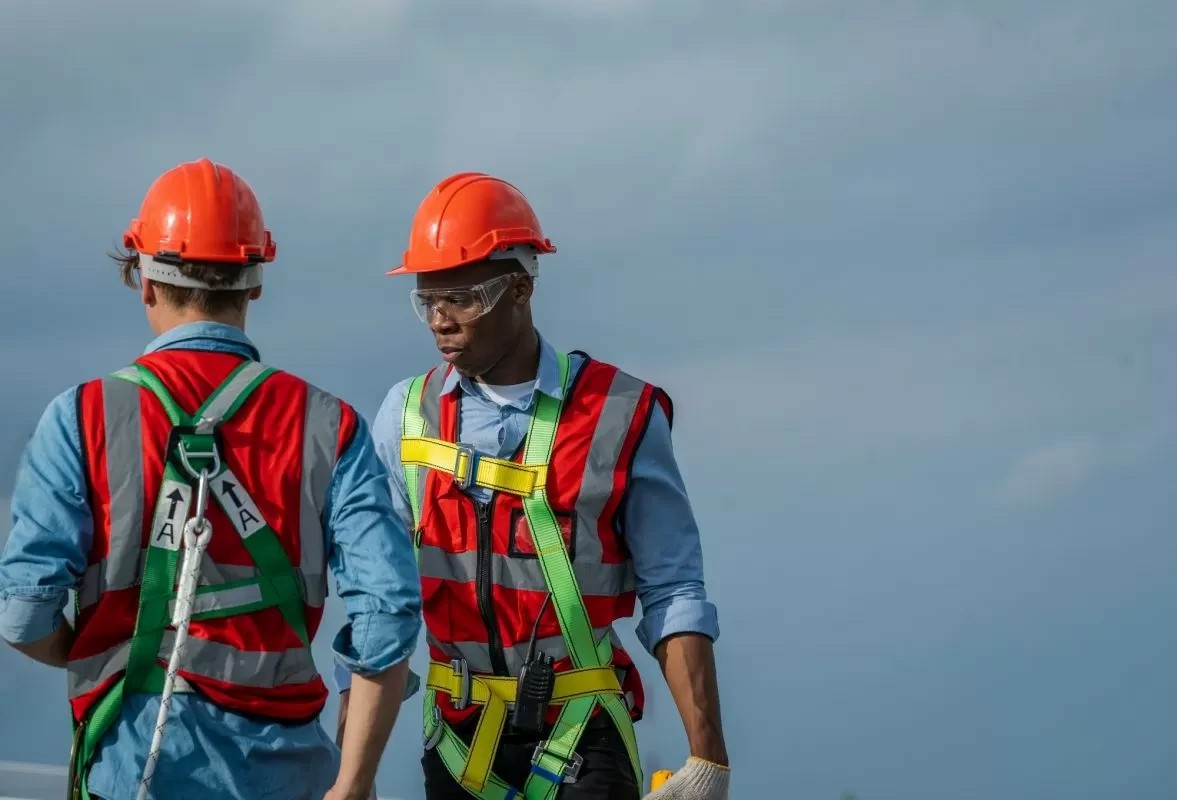Navigating the Legal Minefield: The Consequences of Non-Compliance with Working at Heights Regulations in Ireland
In the construction and maintenance sectors, Working at Heights is one of the most hazardous activities. Compliance with Working at Heights regulations is not merely a legal obligation; it is a critical aspect of workplace safety. Failing to adhere to these regulations can lead to severe repercussions that impact a business's financial standing, legal battles, and overall reputation.
The Importance of Compliance with Working at Heights Regulations
When businesses overlook Working at Heights safety protocols, they put their employees at risk. This neglect can lead to disastrous consequences, including injuries and fatalities. The regulations aim to minimize risks by enforcing safety measures that protect workers who perform tasks at elevated positions.
Legal Penalties for Non-Compliance
The legal framework in Ireland enforces strict penalties against businesses that fail to comply with safety regulations. These include:
- Fines: Businesses may face hefty fines imposed by safety regulatory bodies for non-compliance, which can reach thousands of euros depending on the severity of the infractions.
- Criminal Prosecution: In severe cases, company directors and safety officers can face criminal prosecution if negligence leads to injury or death.
- Closure of Operations: Authorities can temporarily halt operations until safety compliance is met, causing significant disruptions.
Financial Losses: The Hidden Costs
Beyond immediate legal repercussions, businesses also incur long-term financial losses due to non-compliance. These losses can include:
- Increased Insurance Premiums: Non-compliance can lead to higher premiums for insurance coverage, as insurers assess companies based on their safety records.
- Compensation Claims: Companies may face lawsuits and be liable for compensation claims from injured employees, causing substantial financial burdens.
- Repair and Replacement Costs: Failure to ensure worker safety often leads to accidents that can cause damage to equipment and property.
Real-World Examples of Non-Compliance Consequences
Several businesses have faced severe penalties for violating Working at Heights regulations. For instance:
- Construction Company A: This company was fined €100,000 after an employee fell from a roof due to inadequate safety measures. The court ruled that the company had failed to provide proper training and equipment, resulting in a significant financial loss and reputational damage.
- Maintenance Firm B: After a worker was injured while performing aerial work without proper safety gear, this firm faced legal claims amounting to €250,000. The case highlighted the importance of adhering to safety regulations and proper training.
Reputational Damage: The Long-Term Implications
The fallout from failing to comply with Working at Heights regulations can severely affect a company's reputation. In today’s digital age, news of safety violations travels fast. A damaged reputation can lead to:
- Loss of Clients: Clients may hesitate to engage with companies known for safety violations, fearing for their own liability.
- Employee Morale: Current employees may lose trust in leadership and feel unsafe, leading to high turnover rates.
- Public Backlash: Negative media coverage can tarnish a company’s brand image, impacting sales and future business opportunities.
Prevention: The Key to Maintaining Compliance
Investing in certified Working at Heights training is essential for companies that engage in elevated work. Effective training ensures that:
- Employees Understand Risks: Workers gain awareness of potential hazards related to heights and how to mitigate them.
- Safety Procedures Are Followed: Employers foster a culture of safety that prioritizes compliance with all regulations.
- Legal Protections are Established: Companies that invest in safety training demonstrate due diligence in protecting their workforce.
Conclusion: Protect Your Business and Workers
Compliance with Working at Heights regulations is crucial for the safety of workers and the reputation of businesses. Ignoring these regulations can lead to devastating legal penalties, financial losses, and reputational damage. By investing in a Working at Heights course, businesses not only enhance safety but also shield themselves from potential legal issues. Don’t wait; ensure your team is trained and compliant to foster a safe working environment.
Take Action Now! Visit our Working at Heights Course page for more information on Working at Heights Certification in Ireland. For inquiries, please contact us at [email protected].



 349,500 Offered Certificates
349,500 Offered Certificates
 24/7 Online Training
24/7 Online Training
 Money Back Guarantee
Money Back Guarantee
 Fully Accredited Courses
Fully Accredited Courses
